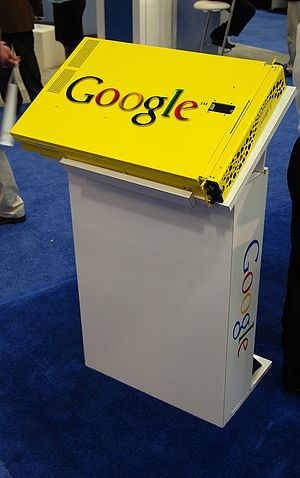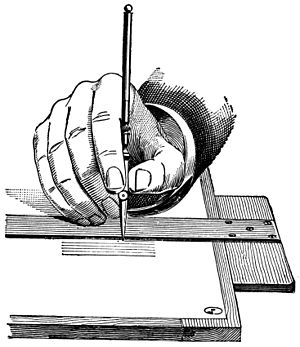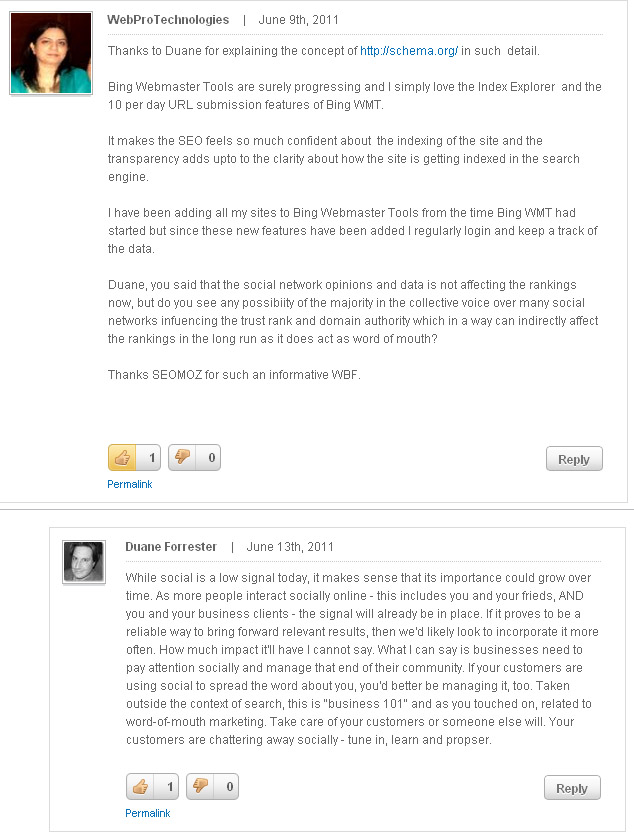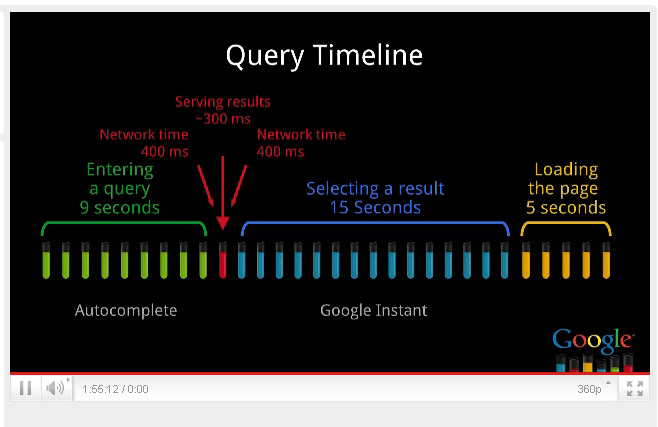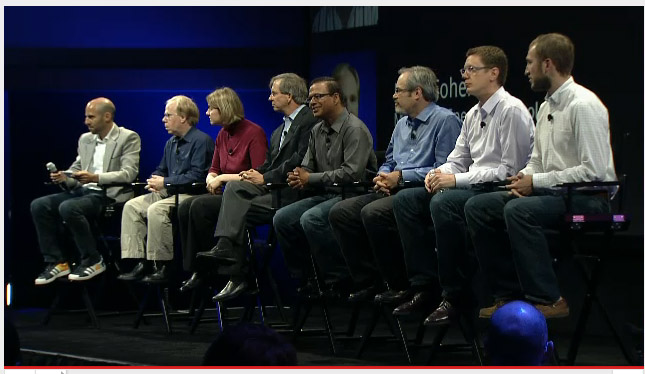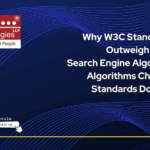Image Via Wikipedia
All these major launches and announcements indicate that Google is serious about social and search . It wants to focus on quality search results by integrating the social voice in the search results keeping the user at the epicenter.
- In January 2011 Google announced that they will be taking the search spam very seriously Matt Cutts Said that “we’re evaluating multiple changes that should help drive spam levels even lower, including one change that primarily affects sites that copy others’ content and sites with low levels of original content.” That change was approved at our weekly quality launch meeting last Thursday and launched earlier this week.
- Google started tightening the noose on the quality aspect of search results with the Panda or Farmer Update for its search algorithm from February 2011 onwards. So far, the Panda schedule has been like this:
· Panda Update 1.0: Feb. 24, 2011
· Panda Update 2.0: April 11, 2011 (about 7 weeks later)
· Panda Update 2.1: May 10, 2011 (about 4 weeks later)
· Panda Update 2.2: June 16, 2011 (about 5 weeks later)
- In February 2011 Google announced an update to Google Social Search
- In March 2011 Google Announces its +1s recommendations
- In May 2011
Google introduced the official search blog http://googleblog.blogspot.com/2011/05/introducing-our-official-search-blog.html
Google shared its view about what count as a high quality site. http://googlewebmastercentral.blogspot.com/2011/05/more-guidance-on-building-high-quality.html
- In June 2011 Google introduced
The authorship markup and the rel attribute.
Google announces search by voice, text or image
Updated and evolved the design of the search page
Highlighted Content Creators In Search results
The mega social Media project Google +
